The Beat’s Gregory Paul Silber has been accused of having a bit of an… obsessive personality. Each week in Silber Linings, he takes a humorous look at the weirdest, funniest, and most obscure bits of comics and pop culture that he can’t get out of his head.
Like many of you, I had a blast watching the new Godzilla vs Kong with some fellow Kaiju lovers last weekend. It was everything I could want out of a movie called “Godzilla vs Kong” and more.
A lot of smart people have had interesting things to say about Godzilla vs Kong. In a four-star review for RogerEbert.com, film critic Matt Zoller Seitz emphasized the environmentalist message. My friend Caitlin Rosberg of The A.V. Club had a fascinating Marxist reading as we watched together. And while the Beat’s own Hannah Lodge enjoyed the film less than I did, I agree with many of her critiques.
I’m having a hard time intellectualizing it, though. I’m glad others can provide valuable insight, but I struggle to find much to say about Godzilla vs Kong beyond “I liked it when the big monkey hit the dinosaur with a stick.” I think that’s rooted in where my love for Kaiju came from: being an excitable little boy.
I went through a stage in second grade in which I became obsessed with Godzilla in particular, so much so that it was a problem. I’ll never forget my mom pulling me aside at the local Purim festival to inform me that my friend Tommy – a fellow 7-year-old! – had secretly complained to her that Greg was talking too much about Godzilla. “You need to stop talking about Godzilla,” she told me. “People are saying things.”
Whether it was Godzilla or the monster-of-the-week at the end of every Power Rangers episode, I’ve loved Kaiju since long before I knew the word “Kaiju.” For those unfamiliar, it’s a Japanese word meaning “strange beast” and refers to the genre that the original Godzilla codified in 1954: gargantuan monsters who stomp around cities, swat away puny human attempts to stop them, and often fight other Kaiju in spectacularly destructive fashion. It’s a genre that I believe is inherently appealing to children on the most primal level possible.
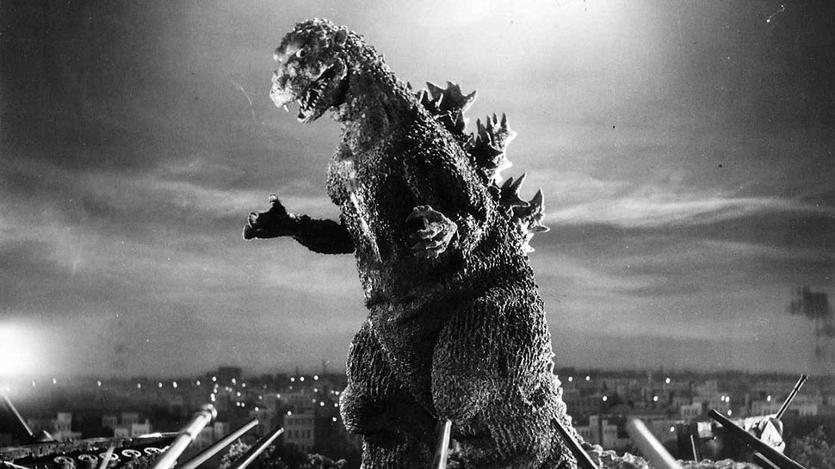
When you’re a kid, your perception of the world is shaped by your own smallness. I’m not just talking about developmental immaturity here, but physical size: you’re little and (possibly) cute, while the world is big and scary. Every adult in your life, including the ones you love and who care for you, is bigger and stronger than you. You dream of the day when you’ll finally be big enough to feel as powerful as every grownup you meet seems.
It’s no wonder, then, that many kids are obsessed with physically large things, whether that manifests as fascination with dinosaurs, skyscrapers, or outer space with its infinite vastness. That’s one of the reasons why Clifford the Big Red Dog is such a beautifully simple idea: kids love dogs, and kids love huge things.
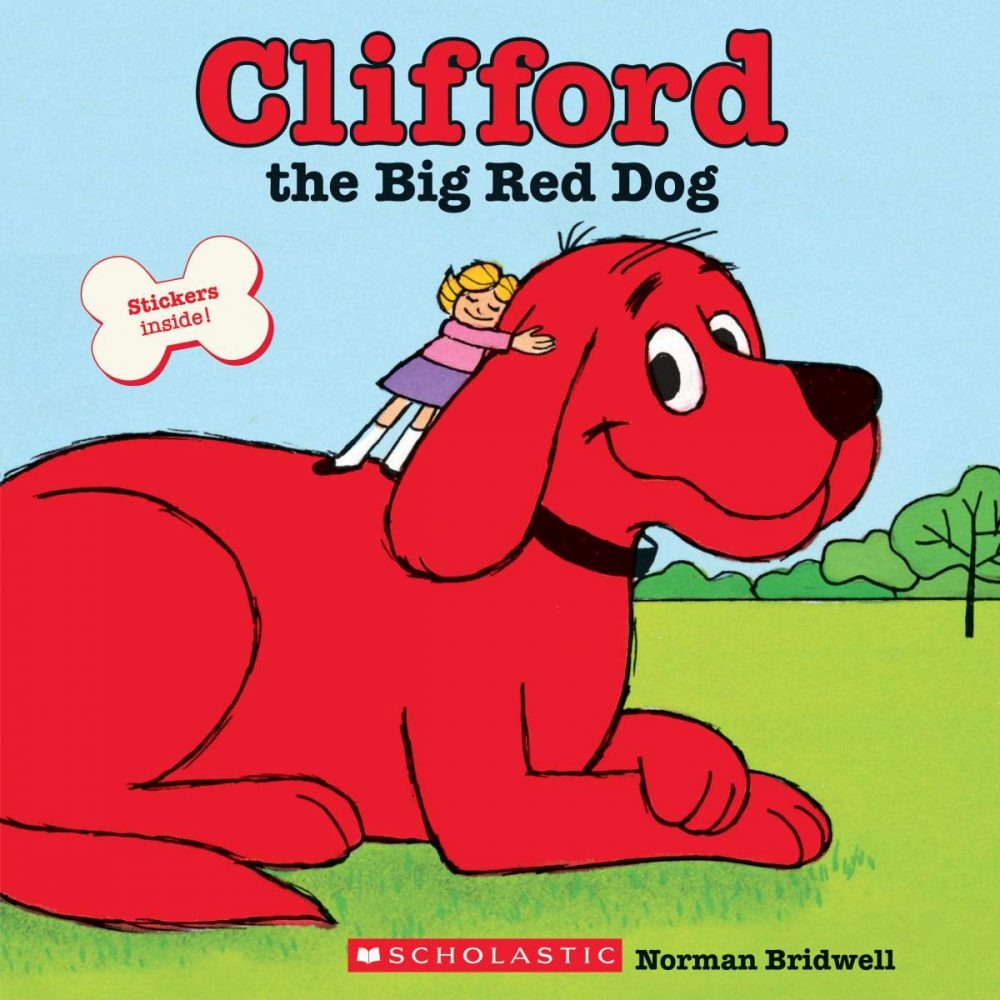
You know what else kids love? Wanton destruction. When I see King Kong effortlessly tossing away a fighter jet, or Godzilla smashing Tokyo to smithereens, I’m reminded of how my favorite part of playing with blocks as a toddler was at the end when I’d destroy whatever nice structure my dad was patient enough to help me build.
“Put that down! Get dressed! Take that out of your mouth! Go to bed! Turn off the TV!”
No matter how sweet and innocent they may otherwise be, every kid lives with so much pent-up frustration and aggression that their destructive desires are undeniable (and some kids are better at keeping those impulses in check than others). Just about every waking moment of a young child’s life is spent being told what to do and what not to do by adults (and in many cases, bossy peers, which leads to even more rage).
Kaiju capture that cathartic desire to burn everything down, as well as a desire for the kind of freedom kids don’t have. Nobody tells Godzilla to turn off the Xbox and do his homework. He doesn’t even have to clean up his mess when he demolishes Japan for the umpteenth time in a fight with King Ghidorah. He just dives back into the sea, free to do whatever he wants, when he wants, suffering virtually no consequences.
None of this is to say Kaiju can’t be enjoyed by grownups, of course. Adults can have a greater understanding for the genre’s roots as a metaphor for the danger of nuclear weapons (the original 1954 Godzilla makes this quite clear). Adults can appreciate the deadly seriousness of Kaiju stories that emphasize themes of environmental peril, such as in the 2006 film The Host by superstar South Korean filmmaker Bong Joon-Ho. Adults can articulate why Guillermo Del Toro‘s Pacific Rim is the greatest Kaiju film of all time, at least if they’re me.
I’d go so far as to argue that 2016’s Shin Godzilla (Godzilla: Resurgence) is far better suited for an adult audience than children or even most teenagers. A loose retelling of Godzilla’s origin story inspired in part by Japan’s devastating 2011 earthquake and tsunami, its focus on lengthy scenes of rapid-fire conversations between Japanese government officials scrambling to figure out how to neutralize Godzilla amidst bureaucratic red tape, international tension, and mounting death tolls are unlikely to rivet kids who are in for the giant monster action. Shin Godzilla offers plenty of spectacle, and it’s all fantastic, but the entire time I thought “this is how you make a blockbuster for grown-ups.”
But even then, Shin Godzilla works so well largely because of the way it exploits its audiences love of and nostalgia for Godzilla. By all means stay for the political intrigue, but clearly we all came to watch Godzilla fuck shit up.
Empathy is built into the Kaiju genre, but often more for the Kaiju themselves than their human victims. Even in 1933, when the original King Kong planted invaluable seeds for what the genre would become, I suspect most viewers were rooting for Kong over the airplane pilots. By the end of many Kaiju films, we see the monsters not as malicious threats that need to be put down, but as misunderstood outcasts who just want to be left alone. They don’t mean any harm until the humans bring their cataclysmic wrath upon themselves.
Whether you’re an actual toddler or an adult trying to get in touch with your inner toddler, Kaiju allow us to indulge in our most annihilative fantasies.


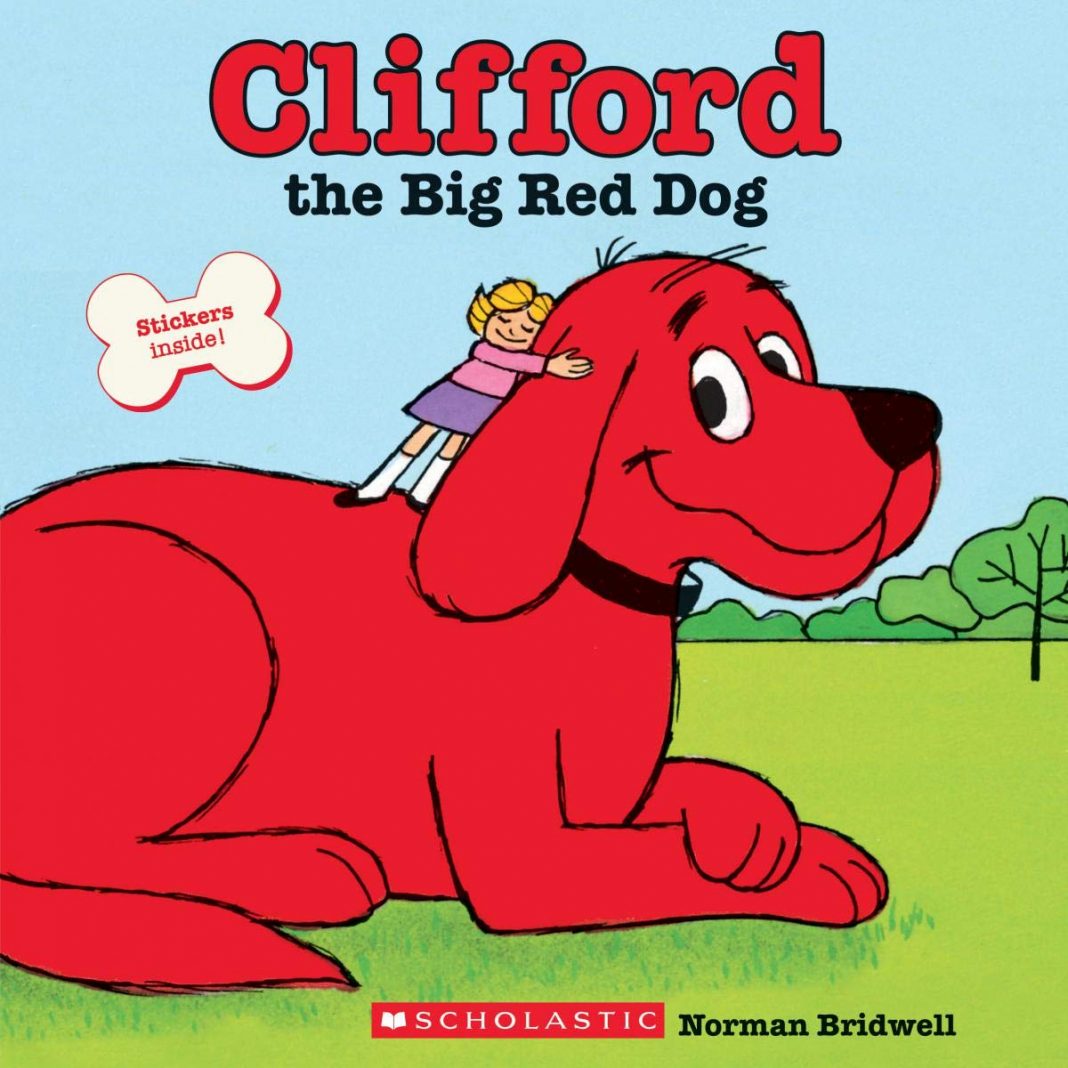
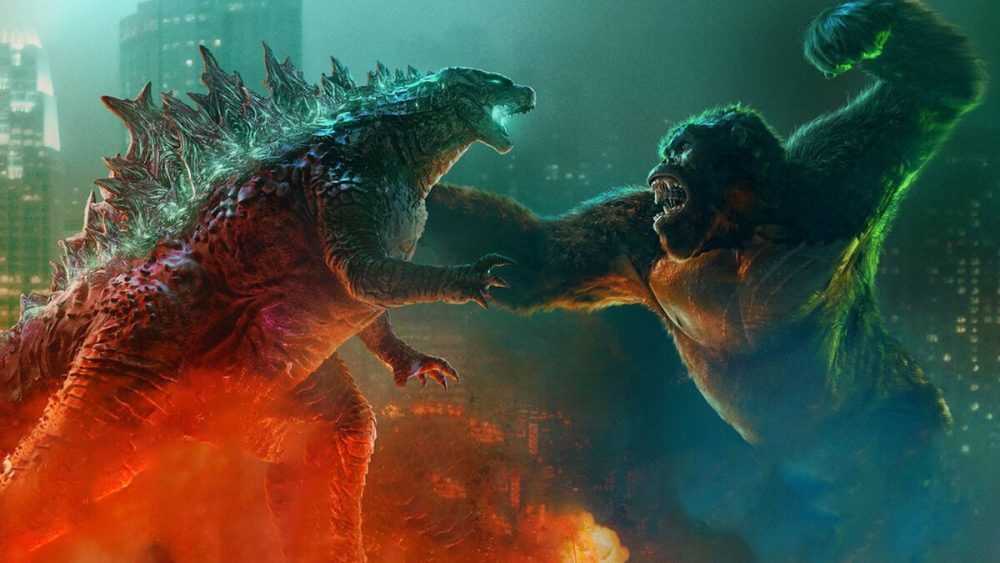
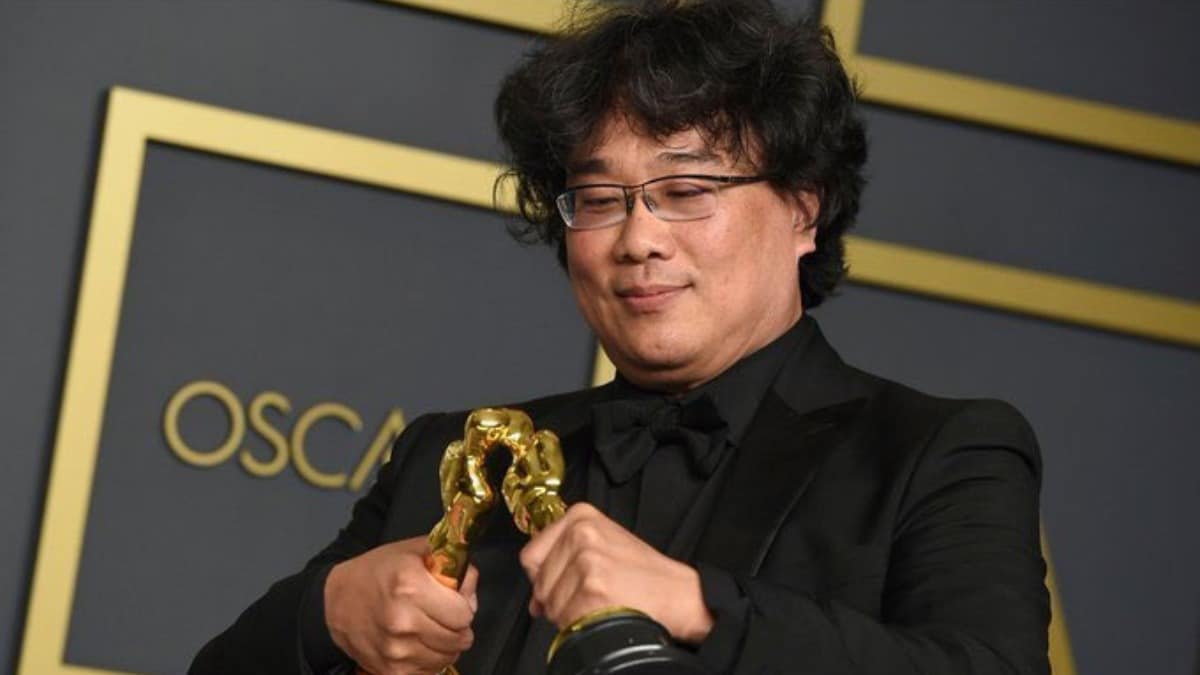
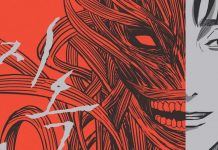




Yeah — I think we probably enjoy Godzilla movies for the same reasons.
Though I have to add that there’s something ridiculously majestic and graceful (almost beautiful) about watching Godzilla slowly trampling a major metropolis. (Particularly in the Heisei era films.)
I need to put a clip video together, put some choice Akira Ifukube music on over it, and run it on the TV set in the background while I’m cooking dinner.
Comments are closed.